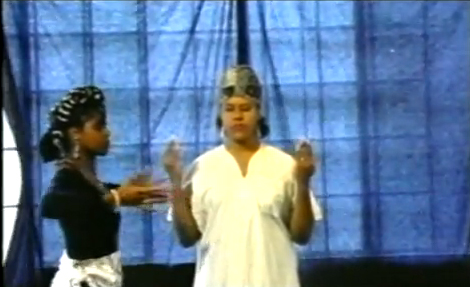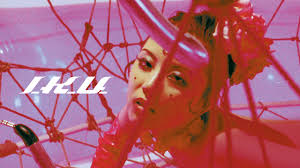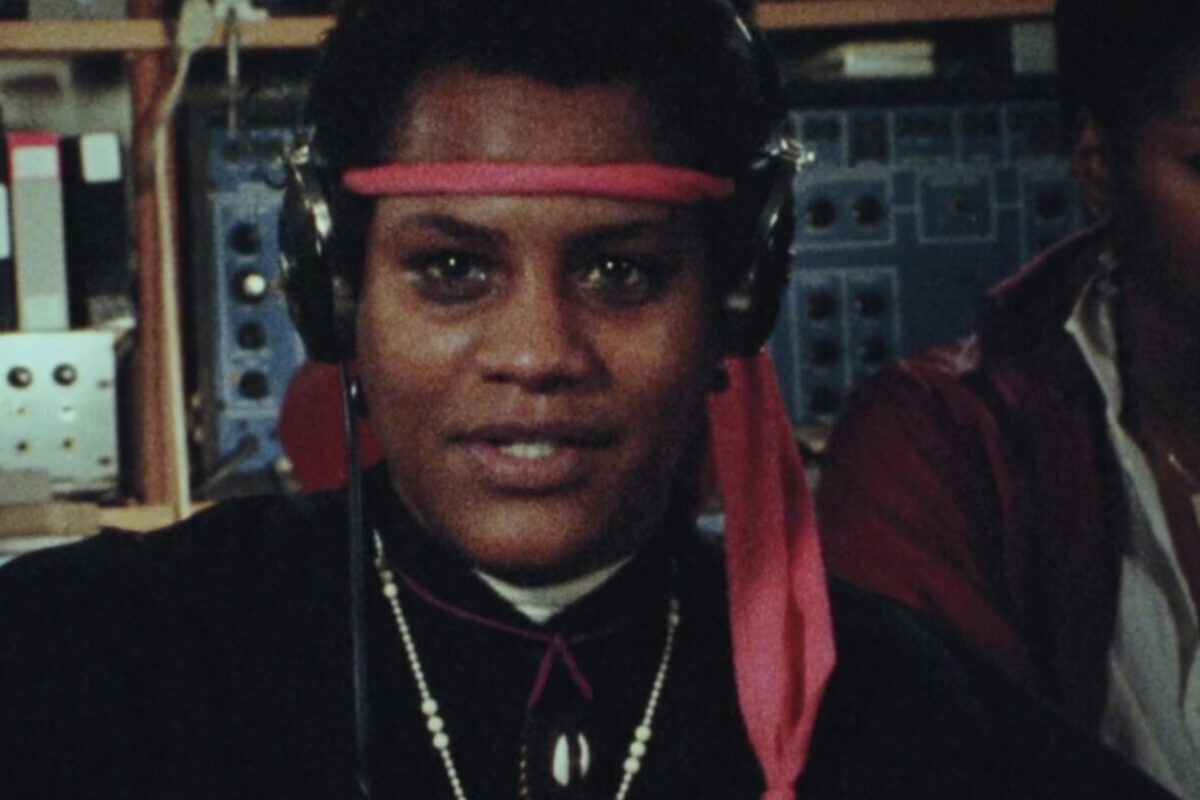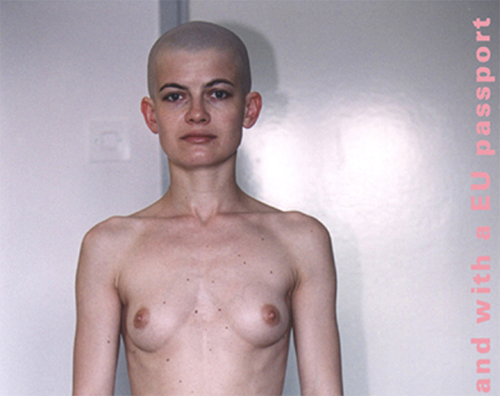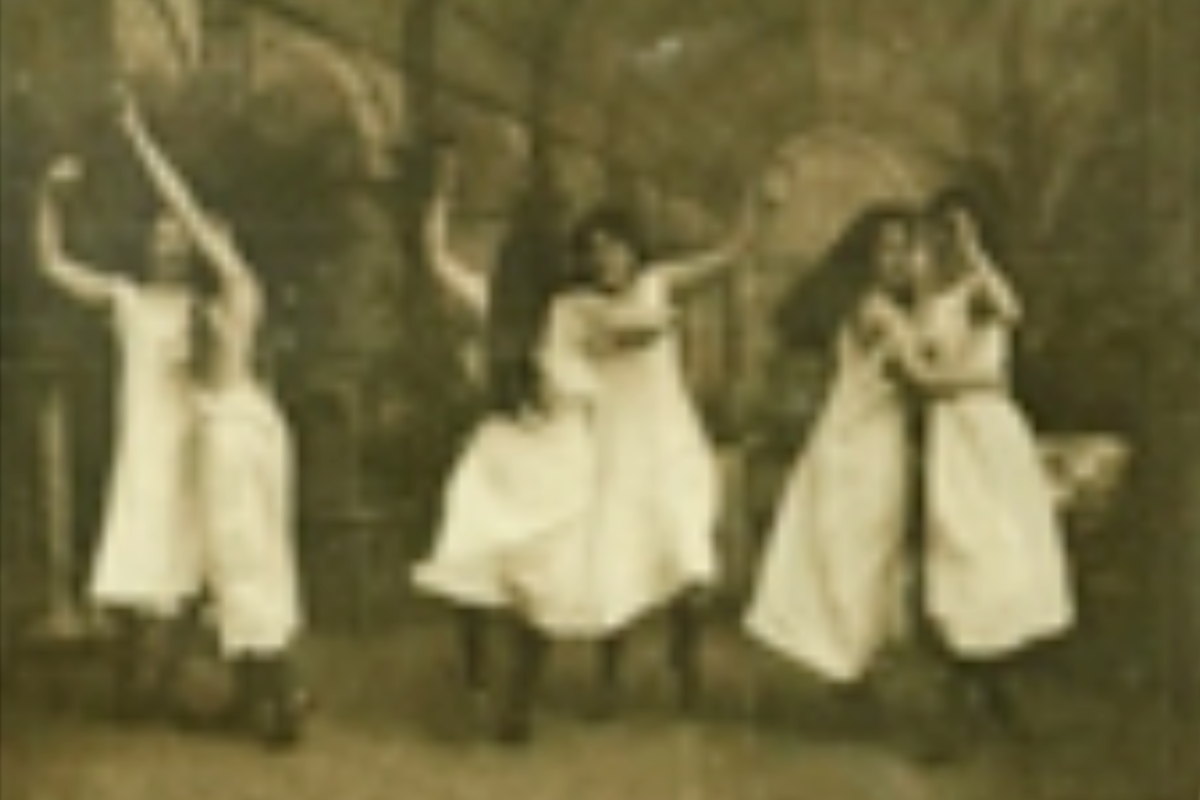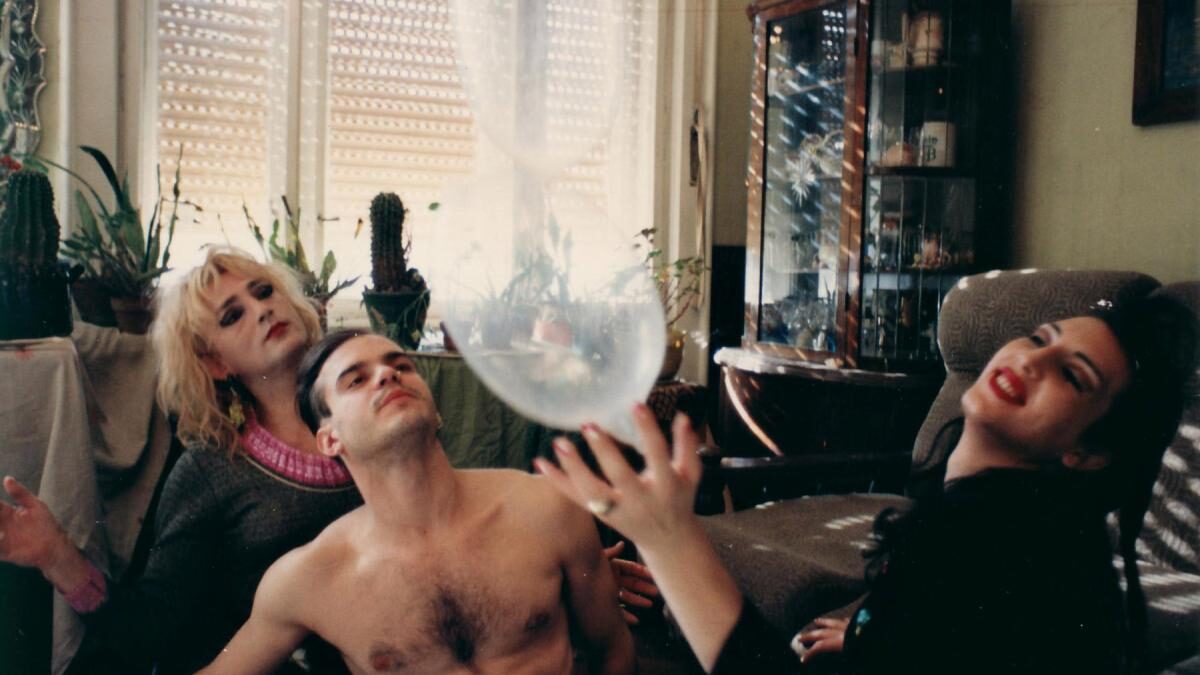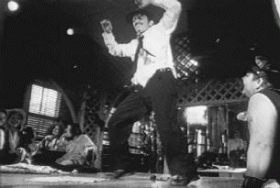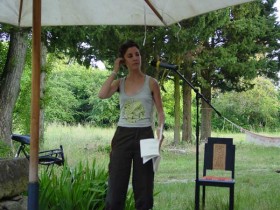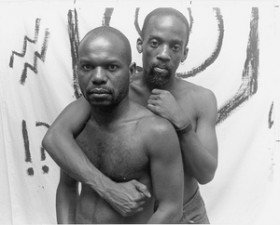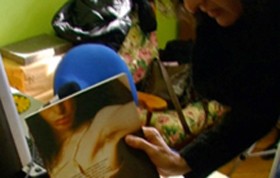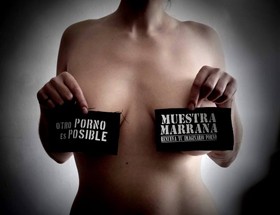The fictional character Rashida X, a black revolutionary activist lesbian chronicles the events leading to her imprisonment. Ta’Shia Asanti is a writer, poet, journalist, TV producer and filmmaker. She is recipient of the Audre Lorde Black Quill Award for Creating Positive Images of Black Women in the Arts. https://www.youtube.com/watch?v=zq8jzHjlcmg
Shu Lea Cheang: I.K.U. (2000)
Shu Lea Cheang is best known for her 2000 cult smash I.K.U. in which sensual cyborgs fuck for information and pleasure. The film, heavily influenced by Blade Runner, is perhaps the first cyperpunk movie to radically explore the possibilities of cybernetic sexualities. The pioneer in the field of media art embraced internet and hacking culture early on, recognizing both its capacity to enslave as well as liberate, mixing that with queer and sexually explicit imagery bringing something new to the cultural landscape. Cheang describes herself as both a “cyberhomesteader” and a “high-tech aborigine” hinting at meta-levels of not only her own life, but the worlds of her films.
Dušan Makavejev: W.R.:Mysteries of Organism (1971)
W.R.: Mysteries of the Organism is a 1971 film by Dušan Makavejev that explores the relationship between communist politics and sexuality, as well as exploring the life and work of Wilhelm Reich. The film intercuts documentary footage with, predominantly, a narrative about Milena, a Yugoslav woman who seduces a Soviet ice skater. Despite different settings, characters and time periods, the different elements produce a single story of human sexuality and revolution through a montage effect.
Sanja Iveković: Triangle (1979)
Sanja Iveković’s Triangle is an 18-minute performance that took place on 10 May 1979: while Yugoslavian president Josip Broz Tito’s motorcade passes by below, the artist is sitting on her balcony, reading a book, sipping whiskey and making ‘gestures’ as if performing masturbation, until a security official arrives and asks her to leave. Exhibited as four black-and-white photographs and a short descriptive text, Triangle is one of the most resonant and defiant works of performance made in the 1970s.
Lizzie Borden: Born in Flames (1983)
Born in Flames is a 1983 documentary-style feminist science fiction film by Lizzie Borden that explores racism, classism, sexism and heterosexism in an alternative United States Socialist Democracy.
Tanja Ostojić: Looking for a Husband with EU-Passport (2000-2005)
“In August 2000 I started “Looking for a Husband with EU Passport” project: www.cac.org.mk/capital/ostojic. After publishing an ad with this title, I exchanged over 500 letters with numerous applicants from around the world. After a correspondence of six months with a German man Klemens G. I arranged our first meeting as a public performance in […]
Zemira Alajbegović/Neven Korda: Staro in Novo (1997)
Staro in novo je dokumentarec o posnetkih FVVidea. Rekonstruira živahni vrvež na ‘ljubljanski subkulturni sceni’ v 80-ih letih. Množico dokumentov in video posnetkov, nastalih od 1982 do 1989, sta avtorja združila v enourno pripoved, v kateri se melanholična zgodba posameznika prepleta s tokom družbeno-kritične subkulture in širšim zgodovinskim okvirjem – manično jugoslovansko socialistično realnostjo.
Marina Gržinić/Aina Šmid: Icons of Glamour, Echoes of Death (1982)
The video is about the phantasmatic world of a woman stereotype portrayed as a model (Marina Grzinic)/apparently a transvestite (that switches through language between sexes, being she and then suddenly he), and her friend – a hermaphrodite (Aina Smid). They remember their childhood, the years in school and the first experience with masturbation.This work is possible to be seen as one of the first if not the first in the field of video art in the world that opens and dramatise the institution of masculinity through drag practices in socialism.
Femmes émancipées (1901)
Six scantily dressed women chat while freshening up. At the instigation of one of them, all get up and perform a brief choreography.This short, naughty scene was to be watched in private: it could only be seen through a Théoscope, a home cinema, dating back to the turn of the 20th century. see the film>>
Želimir Žilnik: Marble Ass (1995)
Marble Ass Merlyn has been pacifying the Balkans, turning tricks with countless Serbian guys. Merlyn is a lighting rod sheltering Belgrade, calming violent nighthawks, swanky big spenders, miserable loners and horny young studs, taking on the charge that would otherwise befall little girls, unprotected mothers and helpless old women. Combined with guns, this unbridled energy […]
Derek Jarman: Blue (1990)
Blue is at once Jarman’s most moving film and his most experimental and idiosyncratic. Visually, the film comprises of nothing more than a blue matt screen, over which Nigel Terry, John Quentin, Swinton and Jarman himself read passages from his diaries that poetically trace his struggle with AIDS, his increasing blindness, the loss of friends […]
Barbara Hammer: Nitrate Kisses (1992)
Nitrate Kisses combines interviews with homosexual couples, four same-sex couples making love, footage of 1933 homoerotic film Lot in Sodom and images of LGBT history. The couples making love are two elderly lesbians, an interracial gay male couple, two young pierced and tattooed women of color and an S/M lesbian couple.The scenes of the gay […]
